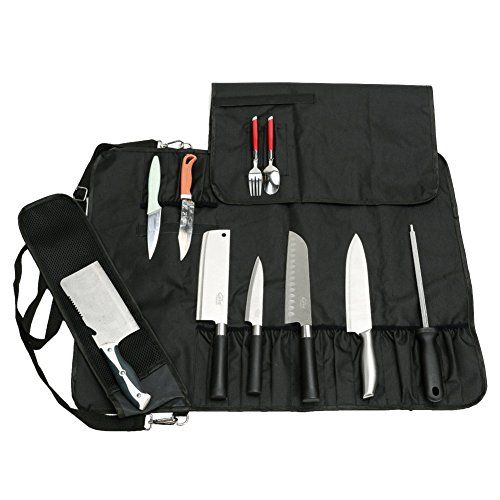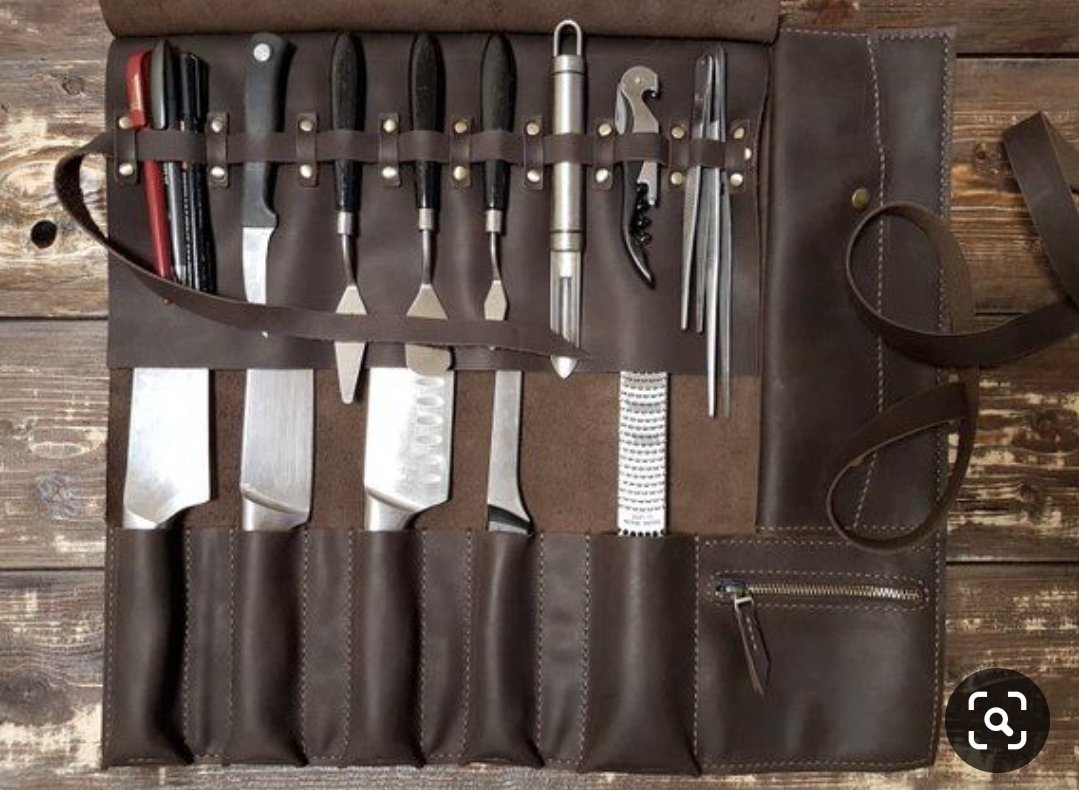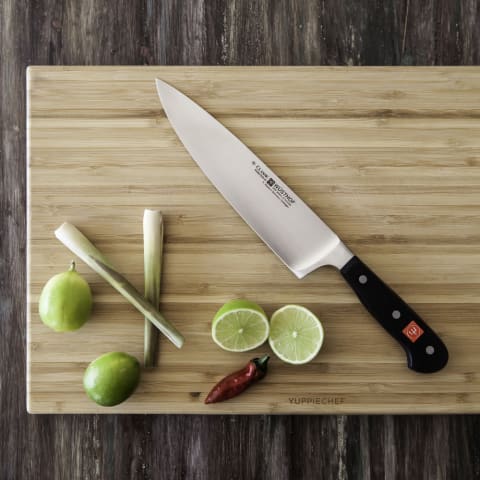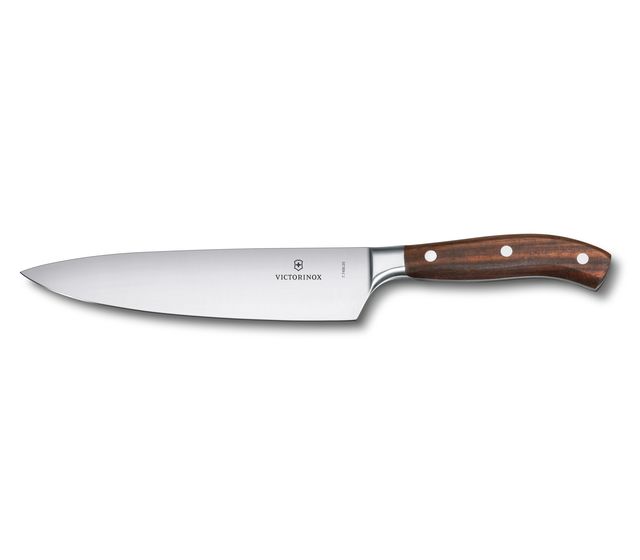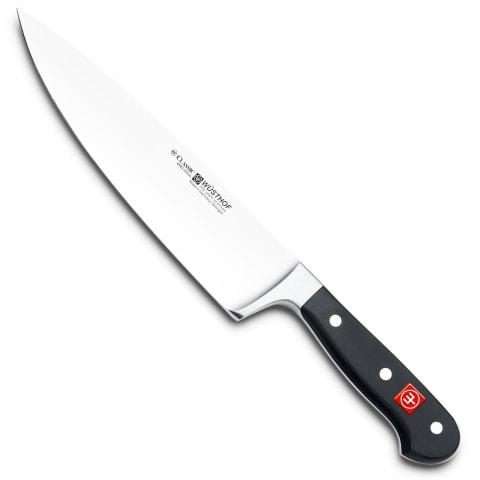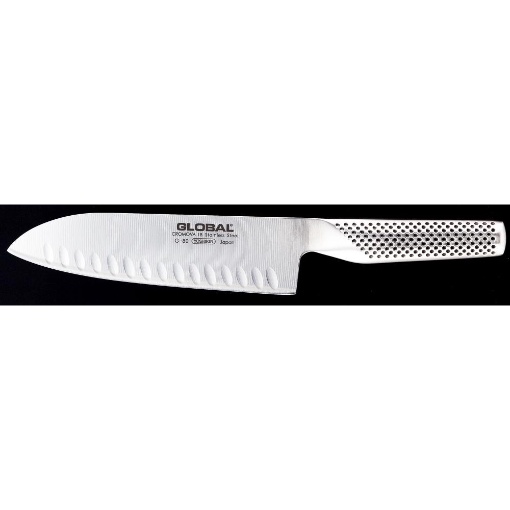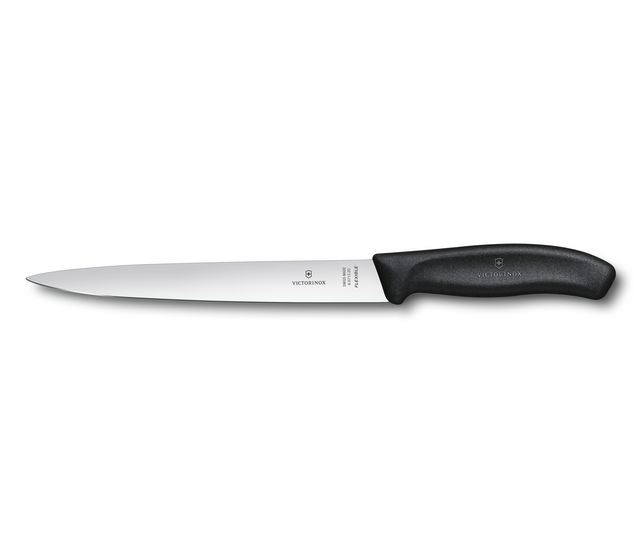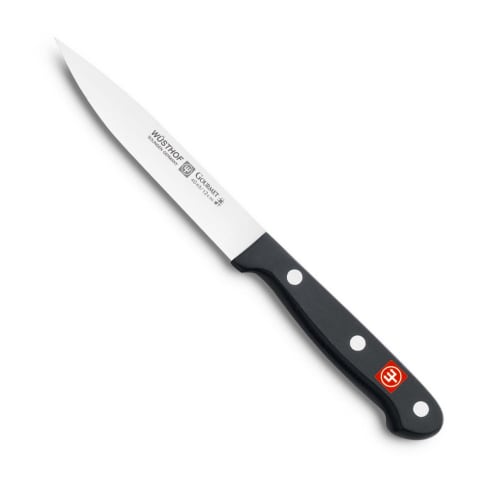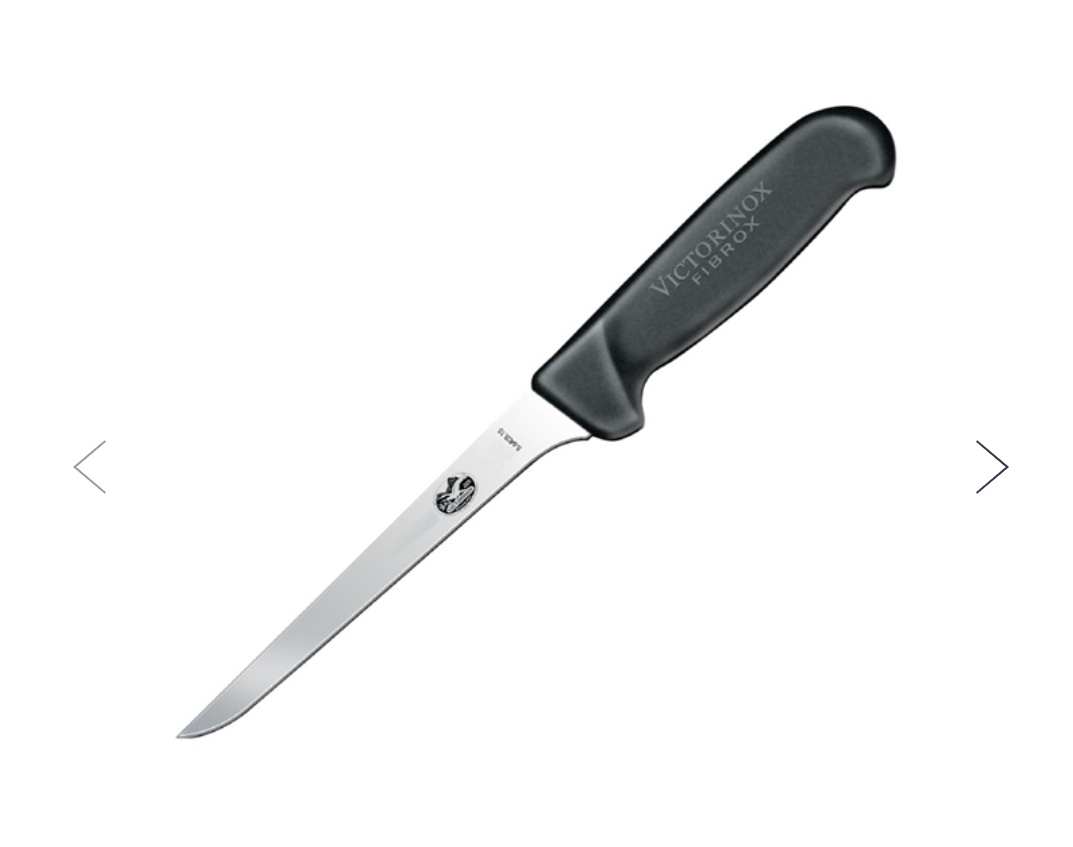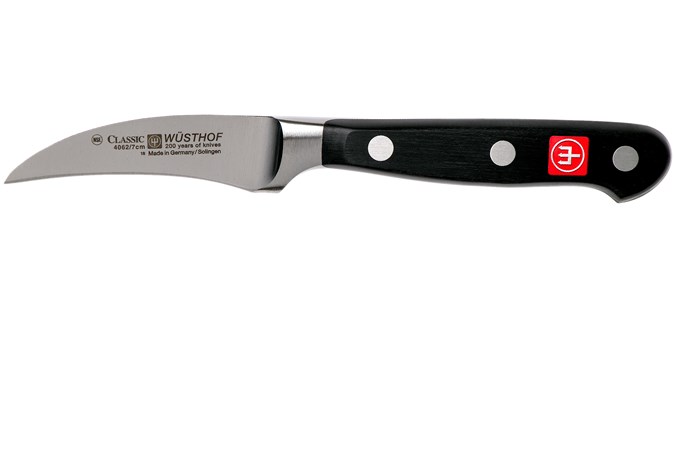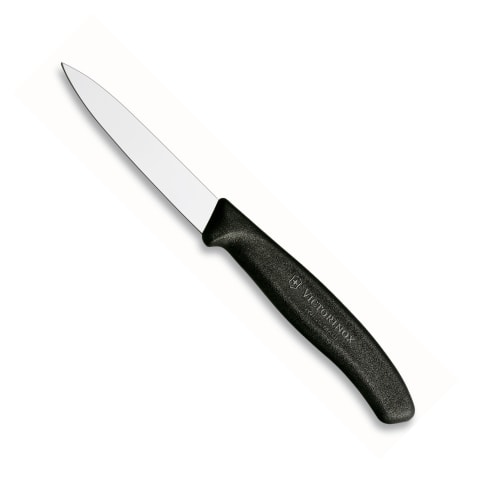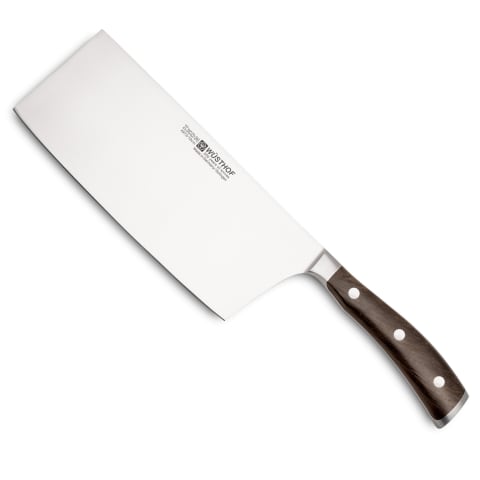Knives. A thread. This is from my own personal experience over the years as a chef. Just like driving cars, every one will be different to each person but there is a general agreement as to which are the best and which are in the bottom. #LesFoodFacts
Let& #39;s start at the basics. The bag that every chef cares for like its their baby. Our knife bag. We can keep up to 20 knives and utensils in it. Some chefs even carry a knife toolbox but in general most chefs will have about 10 knives of their own. #LesFoodFacts
I& #39;ll be touching on the 10 most used knives for this thread. Not the entire knife kit, otherwise this thread will never end. At a good chef school you& #39;re taught about 10 main knives. Plasters are compulsory. (For real, we weren& #39;t allowed into class without plasters)
"Chef& #39;s Knife". The most common knife associated with chefs. Even named after the profession. We use it the most and its the one we refuse to loan to others. You want it to have a sturdy handle and to be well balanced.
By "Well balanced" we mean literally. You can balance a good chef knife on your finger at the base of the blade and handle without it falling over. You want it to be light but "solid". The grip is most important if you& #39;re a beginner. Victorinox knives would be best for a starter
This was voted the most comfortable knife to use by surveyed professionals. The Victorinox Rosewood 8-inch. Victorinox knives are also the knives most used to train chefs.
This here is the Wusthof 8-Inch Chef& #39;s Knife. It& #39;s German made and one of the most common chef knives in the industry. Voted best overall chefs knife in the world. Based on price, durability, sharpness and ergonomics. I have a few. German knives are heavy, it& #39;s not for beginners
This is the Global Santoku 7 inch. Also pretty common in the industry. One of the sharpest chef knives at this price point (costs about R1400). It has a hollow handle, so it& #39;s light AF. Japanese made. For people who are fast with knives, needs a lot of TLC
Another knife maker in this price range of knives is Zwilling. They make long lasting knives that go on and on. If you& #39;re someone who uses knives a lot but still want quality. Check Zwilling out. Their handles are also very user friendly #LesFoodFacts
Ok, onto the other types of knives. Next is the flexible fish or filleting knife. It comes in various shapes and forms but the most common factor is that it has a flexible blade. This is to make it easier to bend round the body of a fish. Generally 30cm long but can be shorter
You dont need a filleting knife unless you& #39;re really into fish and portioning fish. For example, you won& #39;t find a filleting knife in a pastry chefs kit. They& #39;re cheap though and because of how thin their blades are, tend to be super super sharp.
The Utility knife. After the chefs knife this is the 2nd most used knife in a knife bag. The shape makes it easier to fiddle around things and also easier to handle. Hence us loving it. Not for chopping. I like Wusthof& #39;s one
This is the boning knife. Distinct for its really thick handle and thick but pointy blade. It& #39;s designed to break bones and the tip is for that purpose...as well as cleaning flesh off bones when French trimming or deboning meat. #LesFoodFacts
Boning knives are hell to sharpen though, because of how thick their blades are. So they tend to last the shortest and tend to end up hardly being used by senior chefs. I& #39;ve noticed most grill chefs use pairing knives instead to do the job.
The knife that gets the most puzzled looks from people. The turning knife or tourne knife (some even call it a curved pairing knife as well). We use this mostly for doing small creative things like shaping (turning) veggies. Really useful.
P.s. Google & #39;turning vegetables& #39;
P.s. Google & #39;turning vegetables& #39;
The humble pairing knife. The cheapest knife you& #39;ll find in a chefs knife kit but also one of the most useful and most versatile. Also super easy to sharpen. We use them for all the small and precise jobs. You have serrated and non-serrated pairing knives. #LesFoodFacts
After the chefs knife and santoku knife this is usually the next most expensive knife in a kit. Some chefs swear by cleavers, they even use them to do the jobs that chefs knives would normally do. Audiences love seeing chefs chopping with them. You don& #39;t really need one at home
Then one the last "essential" blades in a kit is the bread knife, Victorinox makes the best bread knife out there, having worked as a pastry chef for years all over the place I can tell you now for free, it& #39;s the knife that& #39;s stolen the most. Even by people who use other brands
You also need a good quality pair of kitchen scissors and if you& #39;re really into pretty knives get yourself a genuine Japanese made Santoku.
This is the basics 101 thread on knifes. The subject goes even deeper when we start discussing the materials involved (Damascus steel etc) and privately made knives.
Most top chefs have their own knives made for them. I won& #39;t go into all that detail today.
Most top chefs have their own knives made for them. I won& #39;t go into all that detail today.
So what do you want for yourself as a non-chef? Lightness, ease-of-use and budget. Don& #39;t go for one brand for all your knives. Mix them up according to which knife feels right for each job.
If you& #39;re in Joburg pop into Adams Discount Centre in Fourways to feel and test knives.
If you& #39;re in Joburg pop into Adams Discount Centre in Fourways to feel and test knives.
Lol. Okapi as originally from Germany and the knife was designed specifically for the African-German market (I.e. Namibia). It trickled to SA and people grew a liking for it. The parent company shut down and an SA company bought the rights to the name & brand

 Read on Twitter
Read on Twitter